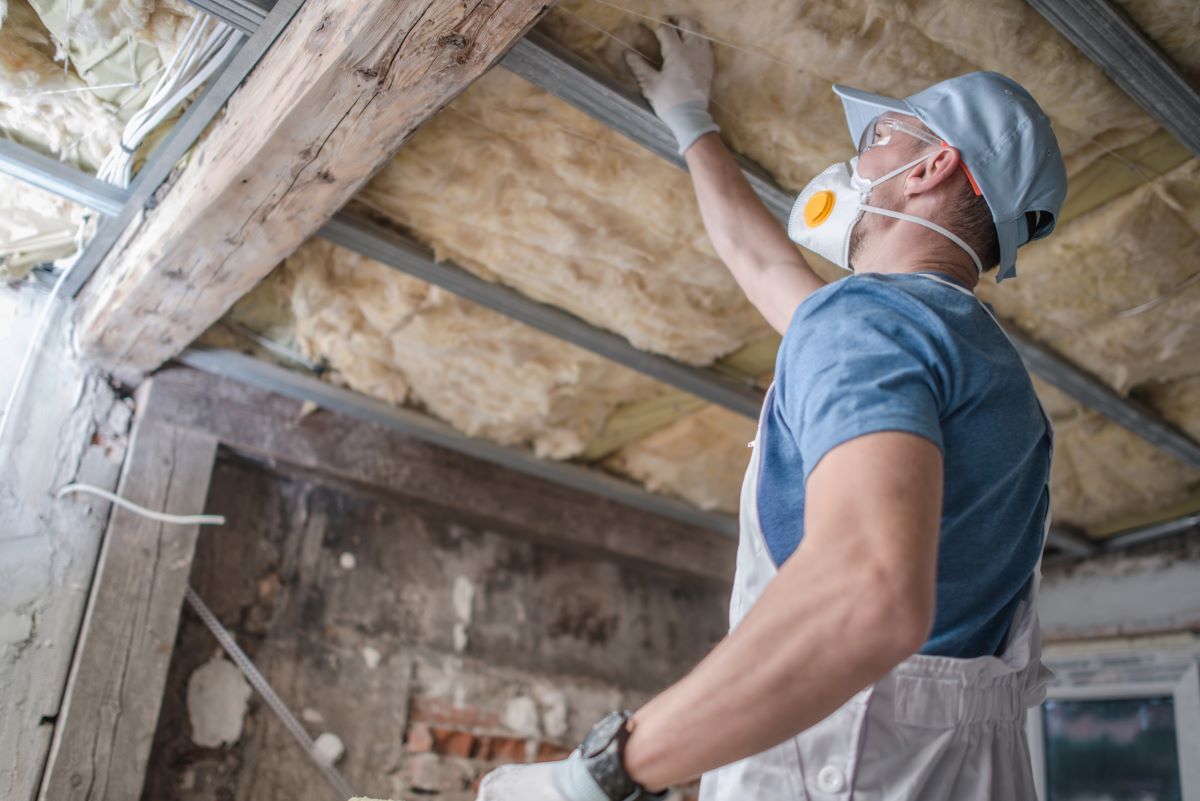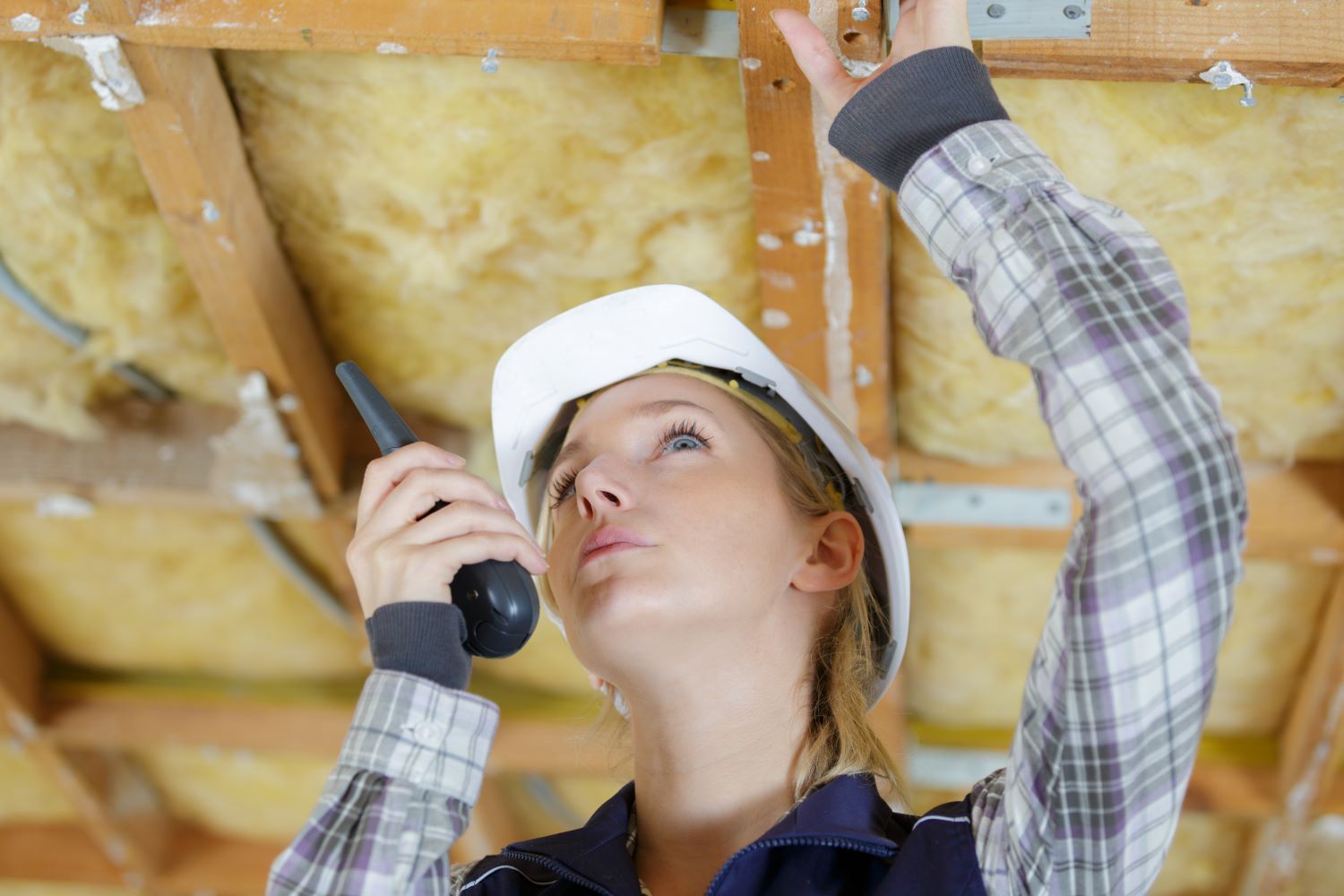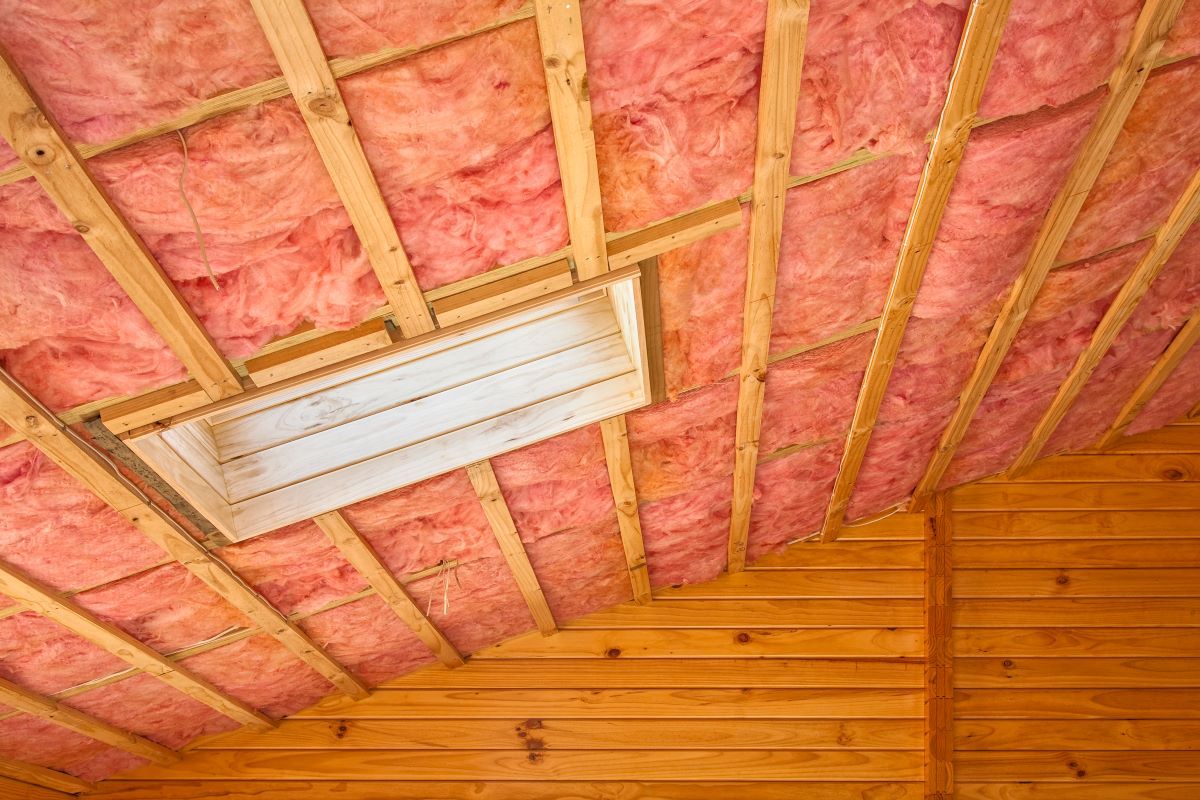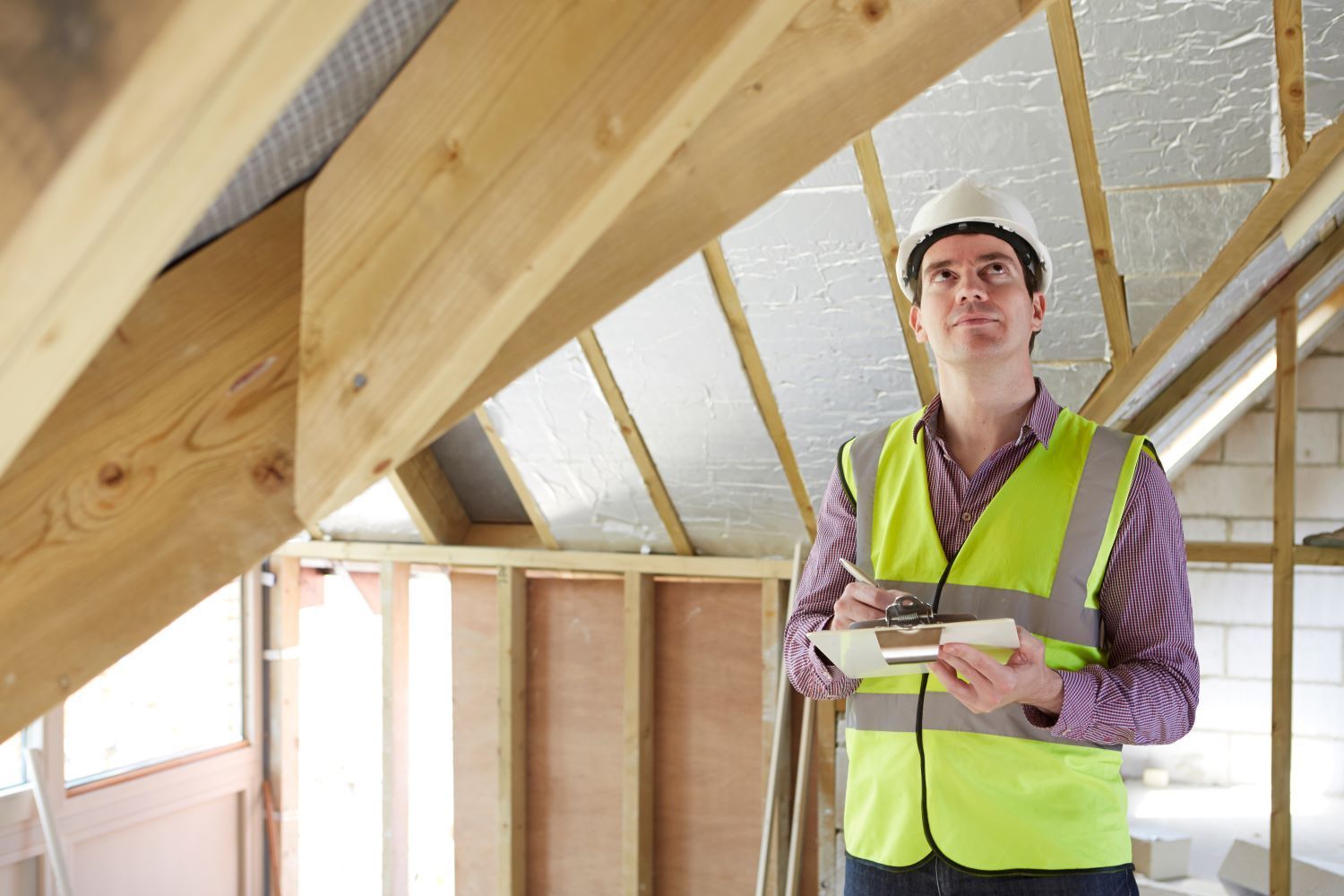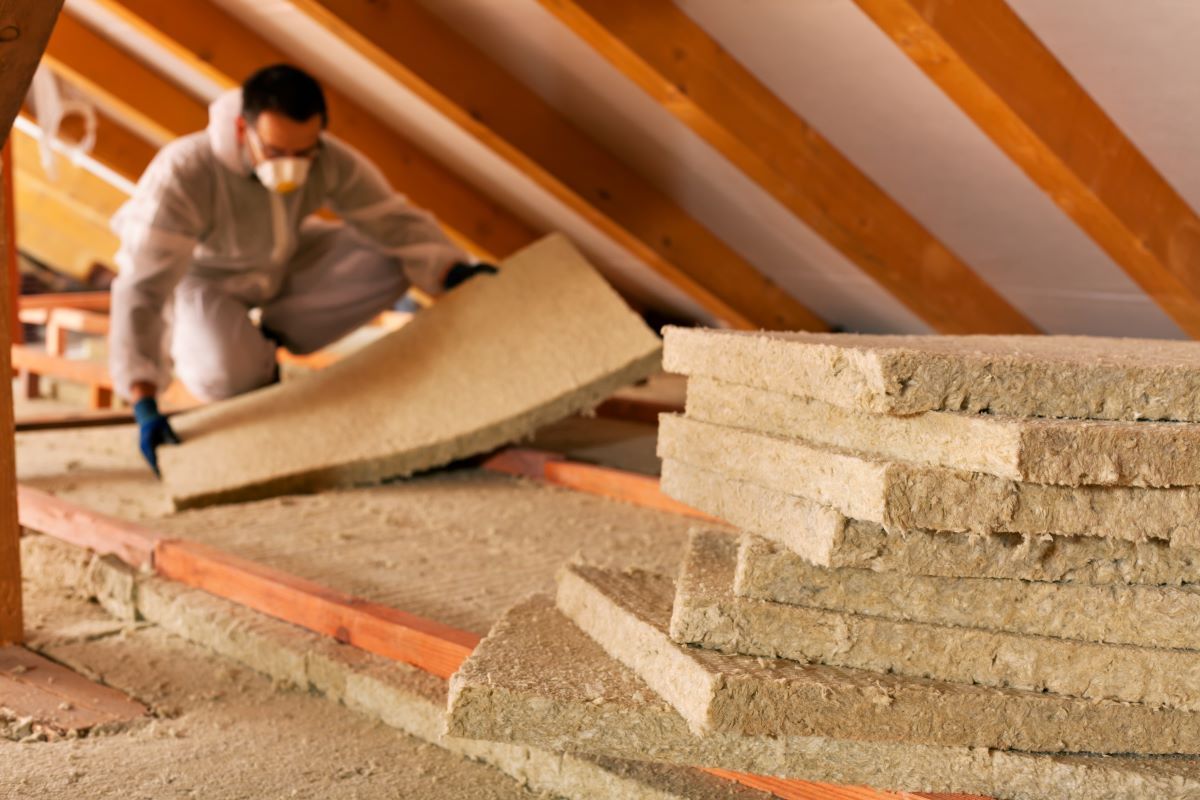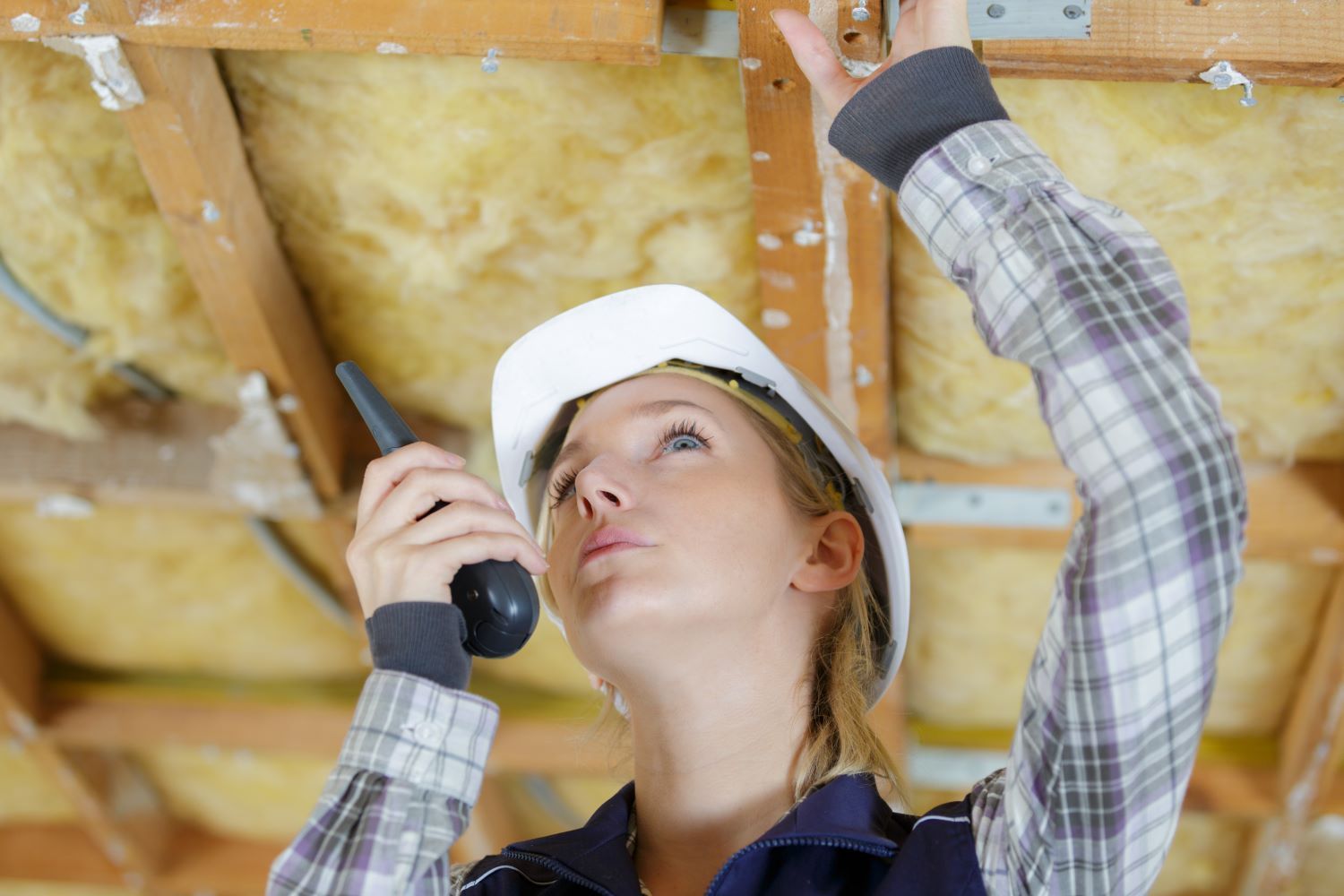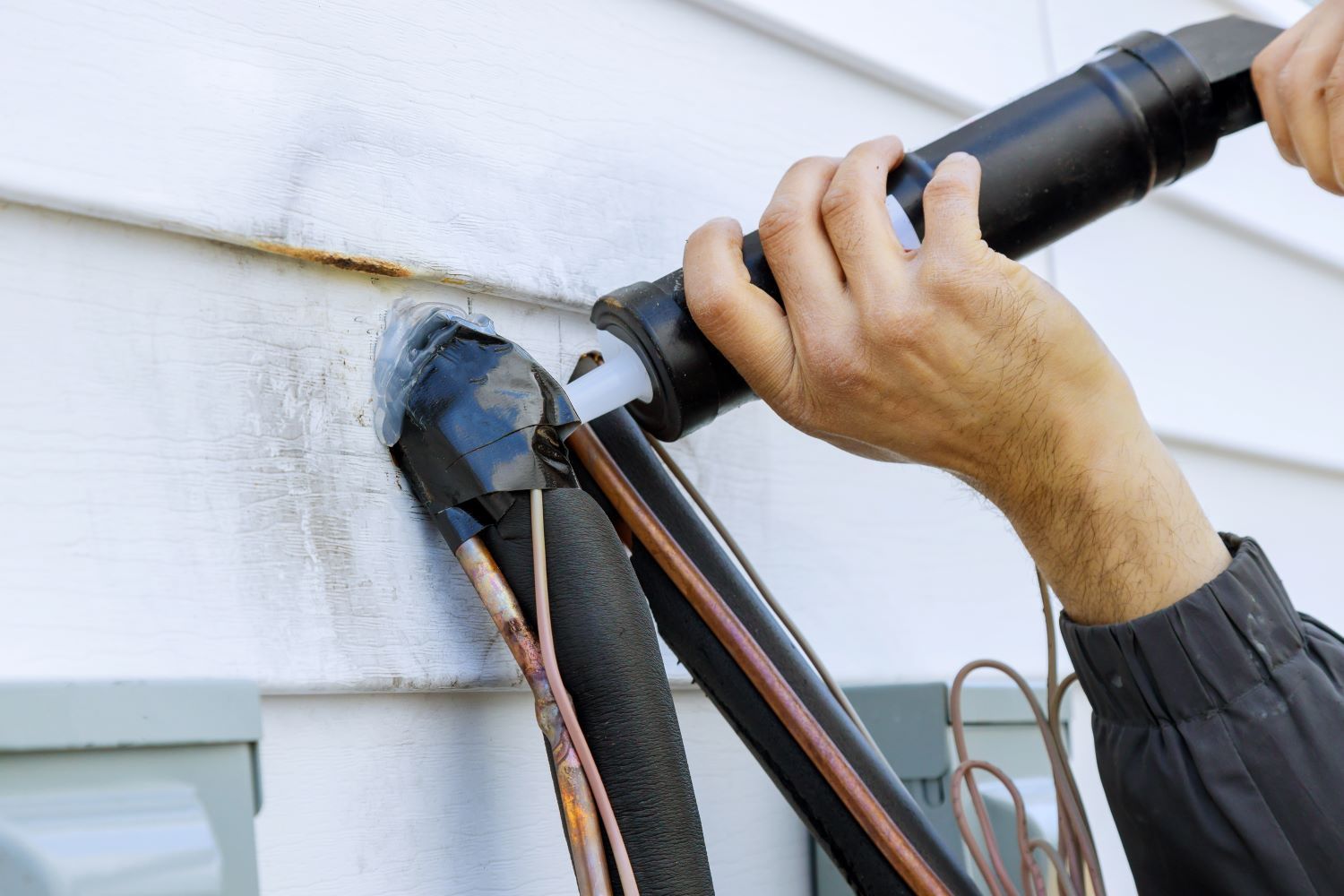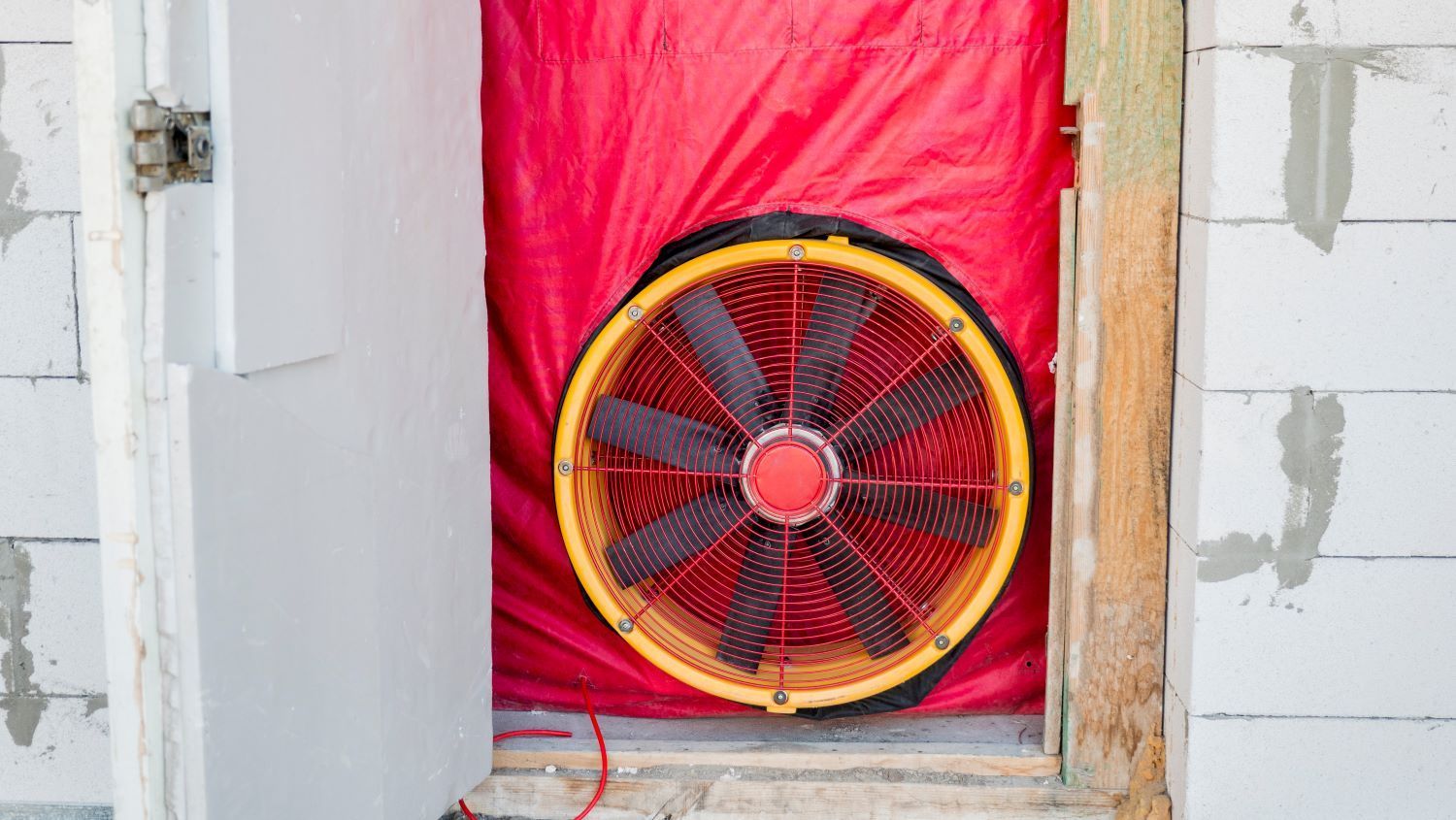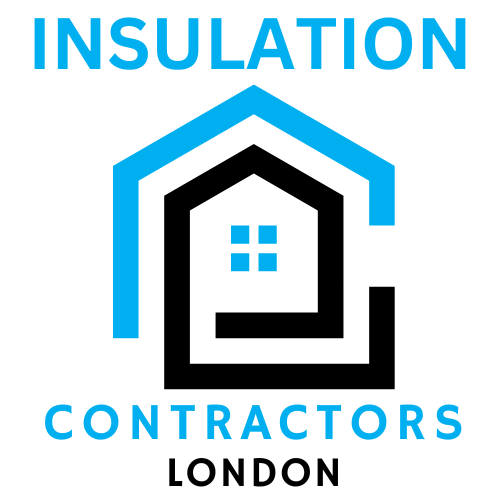The Materials Used to Create an Effective Vapour Barrier
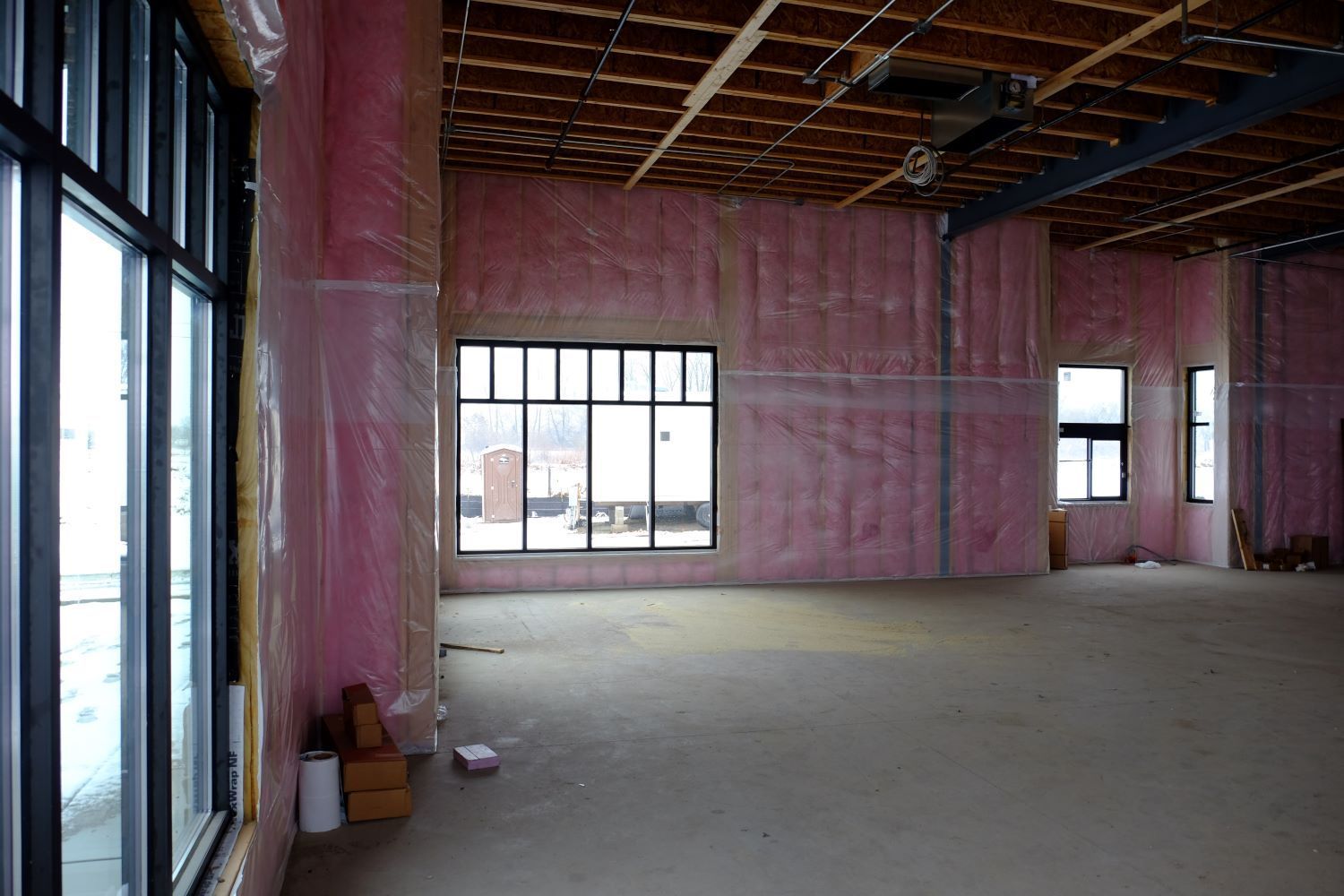
When it comes to keeping your home comfortable and energy-efficient, insulation plays a crucial role. Among the various types of insulation, vapour barrier insulation stands out as an essential component for maintaining indoor comfort and preventing moisture-related issues. In this article, we'll delve into where to install vapour barrier insulation in your home and explore the different materials used to create an effective vapour barrier.
Where to Install Vapour Barrier Insulation:
Vapour barrier insulation is typically installed on the warm side of the building envelope, which is the side of the wall or ceiling facing the interior of your home. Its primary function is to prevent moisture vapour from penetrating through the building envelope and reaching colder surfaces where it could condense and cause damage. Here are some common areas where vapour barrier insulation is installed:
- Walls: Vapour barrier insulation is commonly installed behind the drywall or other interior wall finishes. It helps to minimize moisture infiltration and protects the wall cavity from moisture-related issues such as mould and rot.
- Ceilings: In attic spaces or cathedral ceilings, vapour barrier insulation is installed between the ceiling joists or rafters. This prevents moisture from entering the attic space and helps maintain consistent indoor humidity levels.
- Floors: In some cases, especially in crawl spaces or over unconditioned basements, vapour barrier insulation may be installed under the floor joists to prevent moisture from rising into the living space above.
Materials Used for Vapour Barrier Insulation:
Several materials are commonly used to create an effective vapour barrier insulation system. These materials are selected based on their impermeability to moisture vapour and their compatibility with the building envelope. Here are some common options:
- Polyethylene Plastic Sheeting: This is one of the most common materials used for vapour barrier insulation. It is installed as a continuous sheet behind the drywall or other interior wall finishes. Polyethylene plastic sheeting is impermeable to moisture vapour and provides an effective barrier against moisture infiltration.
- Vapour Barrier Paints: Vapour barrier paints are specially formulated to create a moisture-resistant coating on interior walls and ceilings. These paints contain additives that help reduce moisture transmission and are applied directly to the surface as part of the finishing process.
- Foam Board Insulation: Rigid foam board insulation, such as extruded polystyrene (XPS) or expanded polystyrene (EPS), can also serve as a vapour barrier when installed properly. These insulation panels are typically installed on the warm side of the building envelope and provide both thermal insulation and moisture resistance.
- Foil-Faced Insulation: Some insulation materials come with a foil facing that acts as a vapour barrier. These materials are often used in applications where space is limited, such as between roof rafters or wall studs.
Conclusion:
Vapour barrier insulation plays a crucial role in maintaining indoor comfort and preventing moisture-related issues in your home. By understanding where to install vapour barrier insulation and the different materials available, you can ensure that your home remains comfortable, energy-efficient, and protected against moisture damage. If you need assistance with installing vapour barrier insulation in your home, consider hiring a professional insulation contractor like Insulation Contractors London to ensure proper installation and optimal performance.
